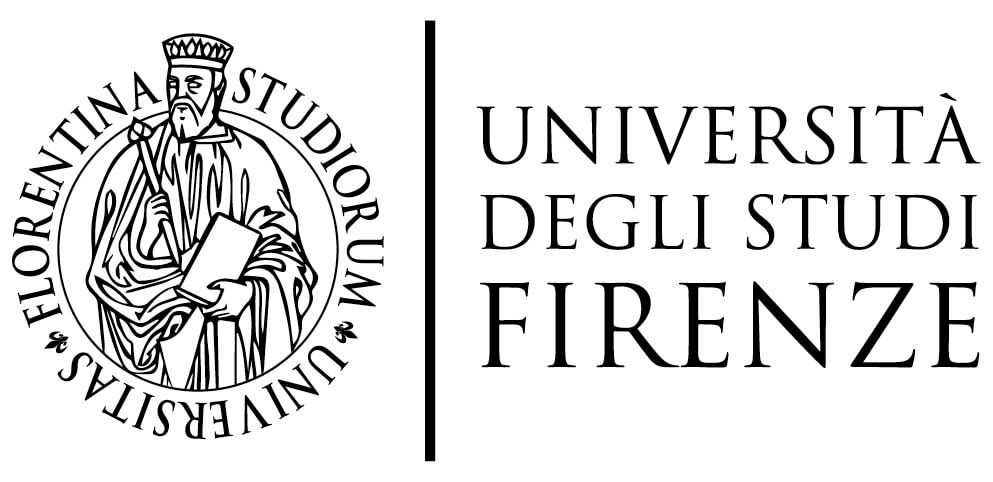Area 2
Originally a funerary area (4th and 3rd centuries BCE), area 2 developed into a prominently residential quarter, with elite housing that belonged to some of the most prominent families of Rome, such as the Domitii and the Quintilii (SA2.1, SA 2.2, SA 2.3 and SA2.5). The area was not, however, exclusively residential: the discovery of structures that can likely be linked to the storage of wine in the horti of Domitia Lucilla (SA2.4) has suggested that suburban residences could play a multiplicity of roles and respond to different social and economic roles.
How the Severan transformation of the eastern Caelian affected the overall development of area 2 is still unclear, but rows of commercial spaces were added from the 2nd century onwards to the existing structures in SA2.2 and SA2.4.
During Late Antiquity some of the residences were restored and lavishly redecorated (SA2.1 and SA2.5) with painted and marble wall decorations: if and how far they responded to the changes posed by the construction of the new religious centre nearby (the Constantinian Basilica and Baptistery complex) is yet to be assessed.
We currently know little of Area 2 during the early Middle Ages as there is insufficient recording of the excavations carried out in the area during the Twentieth century. However, careful re-examination of the existing archival records and some targeted survey (GPR, ERT and bore hole analysis) will hopefully set the ground for a greater understanding of these crucial phases for the general development of the area.
Area reports
Preliminary reports on the archaeology of Area 2 are available here:
- SA2.1 - Complex under Corsia Mazzoni (so called Domus of the Annii)
- SA2.2 - Complex under Corsia Folchi (so called Fornaci)
- SA2.3 - Complex in the Women's Hospital (so called Domus of Licinius Sura)
- SA2.4 - Horti of Domitia Lucilla in the Ospedale di San Giovanni in Laterano
- SA2.5 - Complex under the INPS building in via Amba Aradam (so called Domus Faustae)
Thea Ravasi








